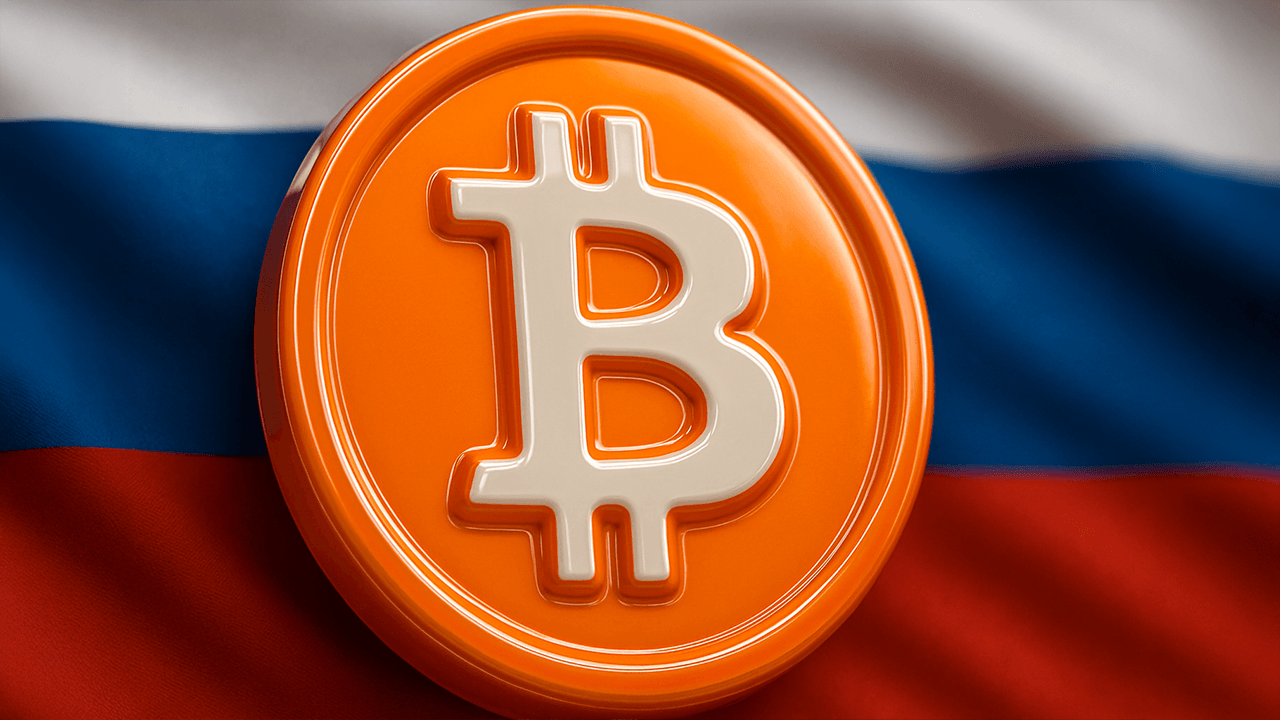The landscape of cryptocurrency mining in Russia is undergoing a significant transformation. For years, the sector has thrived in a regulatory gray area, often characterized by a mix of innovation and illicit activities. However, the Russian government is now taking decisive steps to bring order to this chaotic environment. The launch of a national registry for crypto mining equipment, spearheaded by the Ministry of Energy in collaboration with the Federal Tax Service and the Ministry of Digital Development, marks a pivotal moment in the country’s approach to digital currencies. This initiative aims to curb illegal mining, boost tax revenues, ensure compliance with energy regulations, and formalize the crypto sector. But will this registry effectively regulate the crypto mining industry, or will it become another bureaucratic obstacle hindering innovation?
The creation of this registry is driven by several key factors, each reflecting the government’s desire to exert greater control over the crypto mining sector. One of the primary motivations is the need to tackle illegal mining operations. Unregistered miners often operate without paying taxes or adhering to energy consumption regulations, placing a strain on the power grid and depriving the state of much-needed revenue. By establishing a registry, the government aims to identify and bring these illegal miners into the legal framework, ensuring they contribute to the national economy.
Another significant driver is the potential to boost tax revenues. As cryptocurrency adoption continues to rise, the Russian government sees an opportunity to tap into this new source of income. By registering mining equipment, authorities can track mining activities and ensure that miners are paying their fair share of taxes. This move aligns with broader efforts to formalize the crypto sector, creating a more stable and predictable environment for crypto businesses. Attracting investment and fostering innovation are key goals, as the government seeks to position Russia as a leader in the digital economy.
Managing energy consumption is another critical aspect of the registry. Crypto mining is notoriously energy-intensive, and Russia, with its abundant energy resources, has become a popular destination for miners. However, unregulated mining operations can lead to excessive energy consumption, straining the power grid, particularly in regions with limited infrastructure. The registry will allow the government to monitor energy usage by miners and enforce energy regulations, ensuring that mining activities do not compromise the stability of the national energy supply.
The national registry for crypto mining equipment, officially launched on July 7, 2025, operates as a central database containing information on all operational mining rigs within Russia. Businesses and entrepreneurs operating mining facilities are now legally obligated to register their equipment with the tax authorities. This registration process involves providing detailed information such as the location of the mining facility, the type and quantity of mining equipment, energy consumption data, and tax identification information. The Ministry of Energy, in collaboration with the Federal Tax Service and the Ministry of Digital Development, maintains and operates the registry, ensuring a comprehensive overview of the crypto mining sector.
The registry also aims to incorporate an online reporting system, allowing miners to easily submit data and stay compliant. This ease of use is crucial for encouraging participation and ensuring the accuracy of the registry. However, the success of this initiative hinges on overcoming several potential challenges. Enforcement is a significant hurdle, as the effectiveness of the registry depends on the government’s ability to track down and register clandestine mining operations. Robust monitoring mechanisms and effective penalties for non-compliance are essential to ensure the registry’s success.
The accuracy of the data is another critical concern. Miners may be tempted to underreport their activities or provide false information to avoid taxes or regulations. Rigorous verification and auditing processes are necessary to maintain the integrity of the registry. Additionally, the registration process itself could become a bureaucratic nightmare, deterring legitimate miners and driving them to operate underground. Streamlining the process and minimizing red tape will be crucial for encouraging participation.
Technological challenges also pose a significant obstacle. Maintaining a comprehensive and up-to-date registry requires sophisticated technology and data management capabilities. The government must invest in the necessary infrastructure and expertise to ensure the registry’s functionality and security. Furthermore, the impact on innovation is a concern, as overly strict regulations and enforcement could stifle innovation in the crypto mining sector. Finding the right balance between regulation and innovation will be crucial for fostering a healthy and sustainable crypto ecosystem.
The launch of the crypto mining registry is part of a broader effort to formalize the crypto sector in Russia. The government’s approach to cryptocurrencies has evolved from initial wariness to a more pragmatic embrace, recognizing their potential for economic growth and innovation. However, this embrace is not without its caveats, as the government remains wary of the potential risks associated with cryptocurrencies, such as money laundering and financial instability. The ongoing geopolitical situation, including sanctions and economic pressures, may also be influencing Russia’s approach to crypto. Cryptocurrencies could potentially be used to circumvent sanctions or facilitate international transactions outside of the traditional financial system.
The long-term impact of the crypto mining registry is still uncertain. Will it lead to a more stable and sustainable crypto ecosystem in Russia? Or will it drive innovation underground and stifle the growth of the sector? The answers to these questions will depend on the government’s ability to strike the right balance between regulation and innovation, and on the willingness of miners to embrace the new regulatory environment. As the crypto landscape continues to evolve, Russia’s experience with the mining registry will provide valuable lessons for other countries grappling with the challenges of regulating digital currencies. The future of crypto mining in Russia, and perhaps globally, is being written now, and the outcomes of this initiative will shape the trajectory of the digital economy for years to come.











